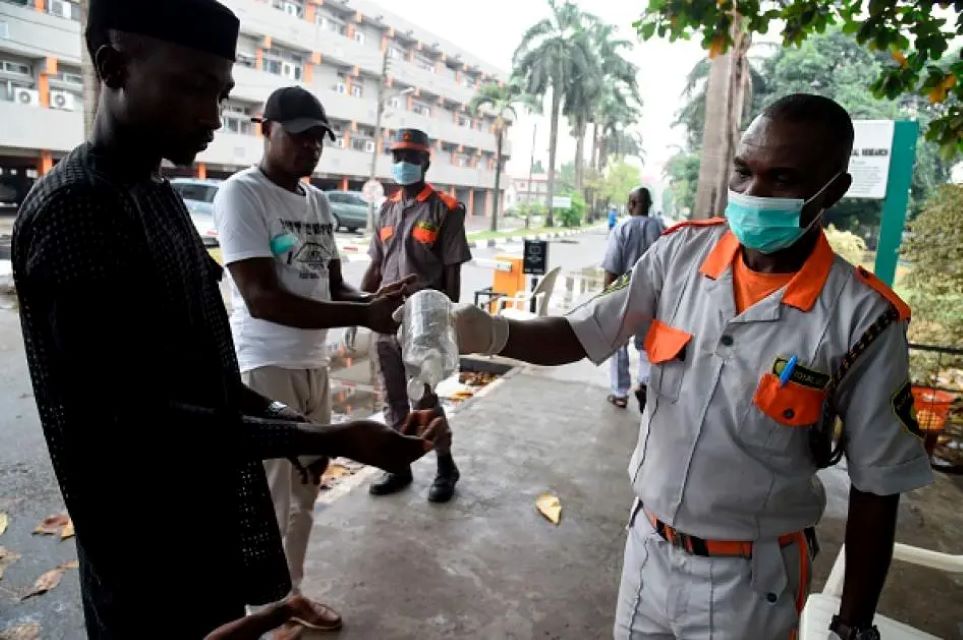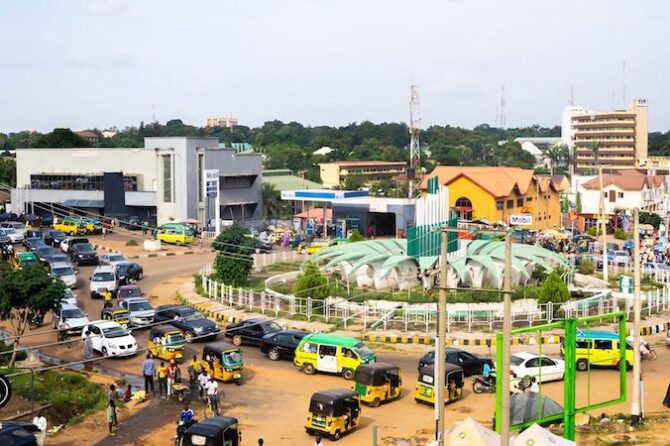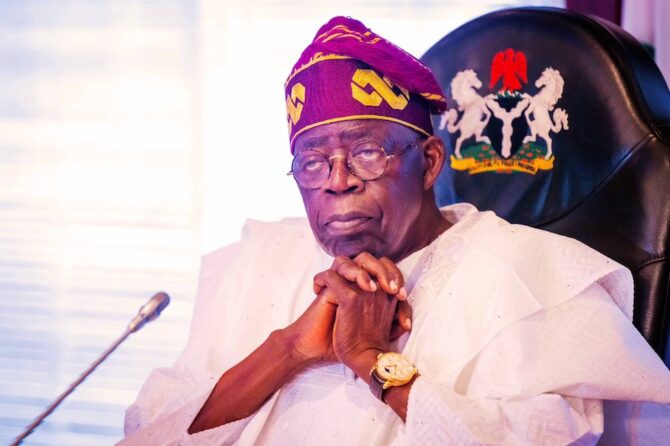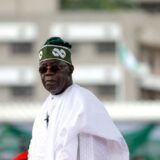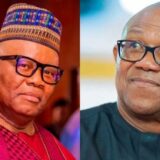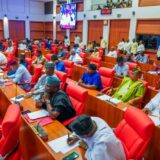Nigeria’s Look Long After COVID: Recovery, Challenges, and New Directions
Nigeria’s landscape long after COVID-19 reflects a nation in recovery, marked by economic gains, persistent hardship, and ambitious reform efforts.
Economic Recovery and Growth
Nigeria’s economy rebounded from pandemic lows, expanding by 3.2% in the first three quarters of 2024-up from 2.5% in the same period the previous year-and recording a trade surplus of $8 billion in 2024, a sharp rise from $1 billion in 20231. However, inflation averaged a high 33.2% in 2024, largely driven by climate shocks and escalating food prices. As a result, over 33 million Nigerians remain food insecure, highlighting the uneven nature of the recovery.
Policy Responses and Reforms
In response to COVID-19’s economic shock, Nigeria implemented the Economic Sustainability Plan (ESP) and the National Development Plan (NDP) 2021–202547. These plans focus on:
Massive infrastructure investment,
Economic diversification away from oil,
Job creation (targeting 21 million new jobs),
Lifting 35 million people out of poverty by 2025.
The government has also prioritized climate-smart agriculture, renewable energy, and digital innovation to build a more resilient and inclusive economy. There is a strong emphasis on aligning monetary, fiscal, and social safety policies to stabilize the macroeconomic environment and attract investment in growth sectors.
Structural and Social Challenges
Despite policy efforts, analysts caution that most Nigerians have yet to see meaningful improvements in living standards. High inflation, food insecurity, and unequal access to new opportunities persist. The benefits of reforms are slow to reach the broader population, and the effectiveness of these policies hinges on consistent and high-quality implementation.
Governance and Anti-Corruption
Efforts to improve governance have included a renewed anti-corruption strategy and public financial management reforms, aiming to reduce revenue leakages and align spending with priorities. Proceeds from anti-corruption efforts have supported social programs such as school feeding and small business initiatives.
Looking Forward
Projections suggest that if Nigeria maintains stability-focused reforms, GDP growth could reach 5.5%; however, inefficient policy implementation could limit growth to 3.4%, and a reversal of reforms could see it drop to 2.7%. The next phase of recovery will depend on cohesive policy alignment, sustained investment, and the government’s ability to deliver on its ambitious development and poverty reduction targets.
In summary:
Nigeria’s post-COVID landscape is defined by economic rebound, persistent inflation and hardship, and a government striving for inclusive, climate-resilient growth. The success of this transition will depend on the quality of policy execution and the extent to which reforms translate into real improvements for ordinary Nigerians.


